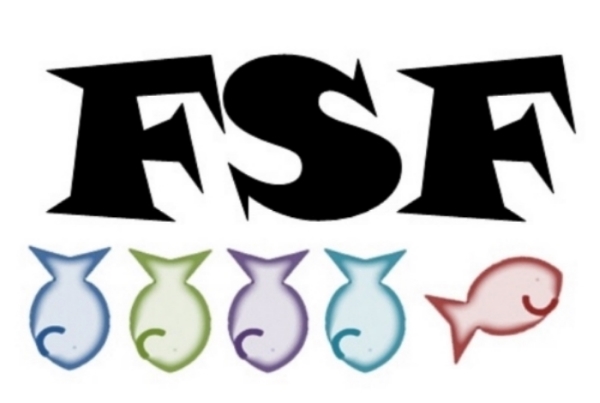It’s been some time since you’ve hidden your glorious first draft from yourself. You have created enough distance from it to be objective and ready to fix what needs to be fixed. It’s time to edit!
Now, your instinct will be to jump right in and start changing stuff. Don’t. Give yourself time to read through the story without making any changes. The reason for this is that when you start changing things, it will send a ripple effect throughout the novel. It is best to understand where all the changes will take place and how it will affect the rest of the story. Keep a separate document for your editing notes during this initial editing read through. Note down page numbers and what you need to address. It can be as big as complete plot change or as little as a spelling fix. This means as you read, you are creating a list of things to address in your edit. It will help guide your edits and make sure all of those ripples are accounted for.
When you are done with the initial read through, save your first draft into a separate document. This will be the first edit document. I personally like to keep versions of my stories by edits so I can see the progression. This is in case I change my mind about deleting that plot point. I can go back to the original and salvage what’s already been written and edit it into the newer edited version. Believe me, it happens more than you think. Plus it’s fun to see how far you come along the editing process. You can see how the manuscript transforms.
When I am ready to start actually changing things, I tend to go chapter by chapter and address the big things first. This means the plot changes, character reactions, prose clean up, etc. One of the absolute biggest things is the concept of “show, don’t tell”. More or less this means not telling the reader what’s going on, but showing the reader through descriptions, character actions/reactions and body language. A good way to look at it is that you are painting a picture with your words. Your words are being translated into images in each reader’s mind, so why not get as descriptive as possible? Instead of writing “Chloe was upset”, show what that means. “Chloe’s fingertips were white with the pressure of pressing into her hips. Her eyes narrowed into suspicious slits as she cut off his stammering excuses with an angry exhalation.” See the difference?
So how many edits need to happen to make a coherent novel? A whole bunch. Not only do you have to go through it (I recommend at least three times), you then hand it over to one or two trusted people. These people need to be ones you trust and have a very strong friendship with because if they are worth their salt as editors, they will rip your beloved manuscript apart. You take your time to heal from their edits and realize that what they are saying is intended to make your work even better than it was before. You edit again with their feedback, rinse and repeat. How many times? Well, it depends. You will know when it is ready for the final clean up edits.
Next, you give the story to a few beta readers. More on them in a later blog post though. The last stage of editing is giving it to a professional editor for either content or line/copy edits. It is up to you and your budget for how much in-depth editing you want the professional to do. Because I have two very trusted friends who can find a content error like a shark can find blood, I usually have my (absolutely fabulous) editor, Beth, do copy edits- meaning grammar, spelling, etc.
The whole process can take months or even a whole year depending on how busy your editors are. Have patience. Remember, this is when your draft becomes a novel. It is being polished and perfected. Consider this the labor of bringing a fully ready manuscript into the world and no one ever said giving birth was easy. In the end, you will have a beautiful new novel to present to the world.
Happy Editing!
Kira

